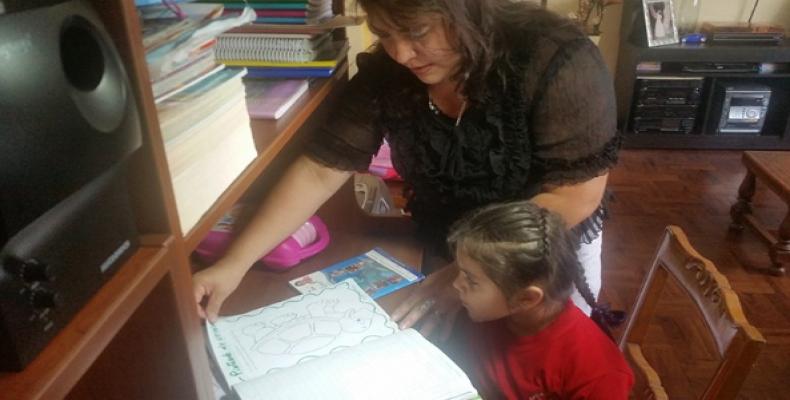Lima, April 11 (teleSUR-RHC) The Study, Peru: Gender Gaps 2001-2013, released on Wednesday by the National Institute of Statistics and Informatics estimates that on average Peruvian women earn 30 percent less than men even though they work 9 hours more per week.
Women work a total of 75 hours but out of those only 36.5 are dedicated to activities to earn money while 39.5 are devoted to domestic work.
Dr. María Reyes from the Manuela Ramos Movement worked as an advisor for the study. She explains that one of the reasons for the continued gender disparity is that women spend over half of their time performing unpaid domestic work.
Her role in the study was to counsel investigators as to in what way the study needs to decrease the gender bias often found in research. Dr. Reyes stated "we have to change the way we see things, the way to integrate information and in which direction is directed and always have in mind that there is inequality, there is a huge gender gap.”
She also added that solutions to the problem are “affirmative action,” “policies of intervention by the state,” and “change in sociocultural patterns." Dr. Reyes also argues that research methodologies need to get rid of market oriented biases. She noted that the study shows that the increase in the number of women joining the labor force is not sufficient to improve gender inequality.
In 2014, there was an increase in the number of women working with 65 working out of every 100 but only 44 percent of those working have formal employment. The other 56 percent work independently.
Lígia Vasquez is one of those who have the double burden of a majority of the domestic labor at home in addition to her formal employment. She works from 2 to 9 p.m. from Monday to Saturday as a secretary at the University of San Marcos but before she arrives to her job -that she describes as demanding and stressful, and while her husband is away at his job- she performs most house chores and attends to the needs of her two children.
"I clean the house, cook, take my kids to school, pick them up, and then I have to get ready for work, get to work on time, start my work, because clients are demanding their applications on a daily basis and we have to assist them," Vasquez explains.


